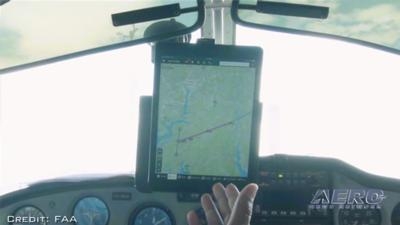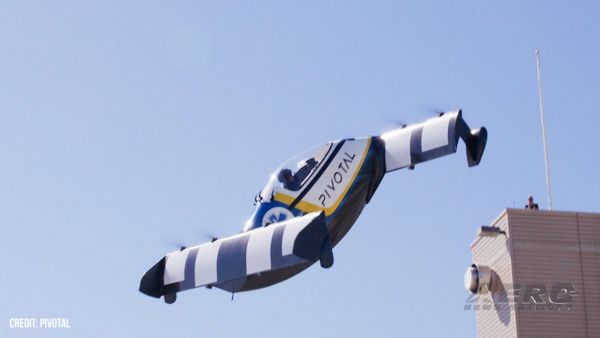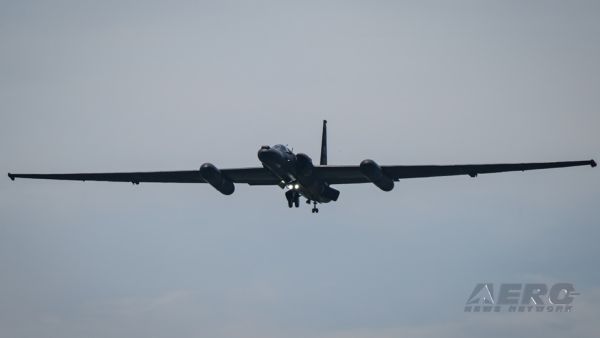Wed, May 21, 2025
Advertisement
More News
 Classic Aero-TV: The Legend Cub-Just a Little Bit Better than the Original Cub
Classic Aero-TV: The Legend Cub-Just a Little Bit Better than the Original Cub
From 2015 (YouTube Edition): Taking The Legendary Cub 'Metaphor' To New Heights! During Sebring 2015, ANN News Editor, Tom Patton, stopped by the Legend Aircraft Company to talk ab>[...]
 ANN's Daily Aero-Term (08.09.25): Decision Altitude (DA)
ANN's Daily Aero-Term (08.09.25): Decision Altitude (DA)
Decision Altitude (DA) A specified altitude (mean sea level (MSL)) on an instrument approach procedure (ILS, GLS, vertically guided RNAV) at which the pilot must decide whether to >[...]
 Aero-News: Quote of the Day (08.09.25)
Aero-News: Quote of the Day (08.09.25)
"The crew can only attempt the flight after detailed analysis of the weather and airfield state. The United States Antarctic Program Winter Team must physically create the runway b>[...]
 ANN's Daily Aero-Linx (08.09.25)
ANN's Daily Aero-Linx (08.09.25)
Aero Linx: The Historic Aircraft Association (HAA) The Historic Aircraft Association (HAA) was founded in 1979 with the aim of furthering the safe flying of historic aircraft in th>[...]
 Aero-News: Quote of the Day (08.10.25)
Aero-News: Quote of the Day (08.10.25)
“We at EAA had a close connection to him for decades, as he first met EAA founder Paul Poberezny in their mutual hometown of Milwaukee. Jim was a regular visitor to Oshkosh f>[...]
blog comments powered by Disqus





